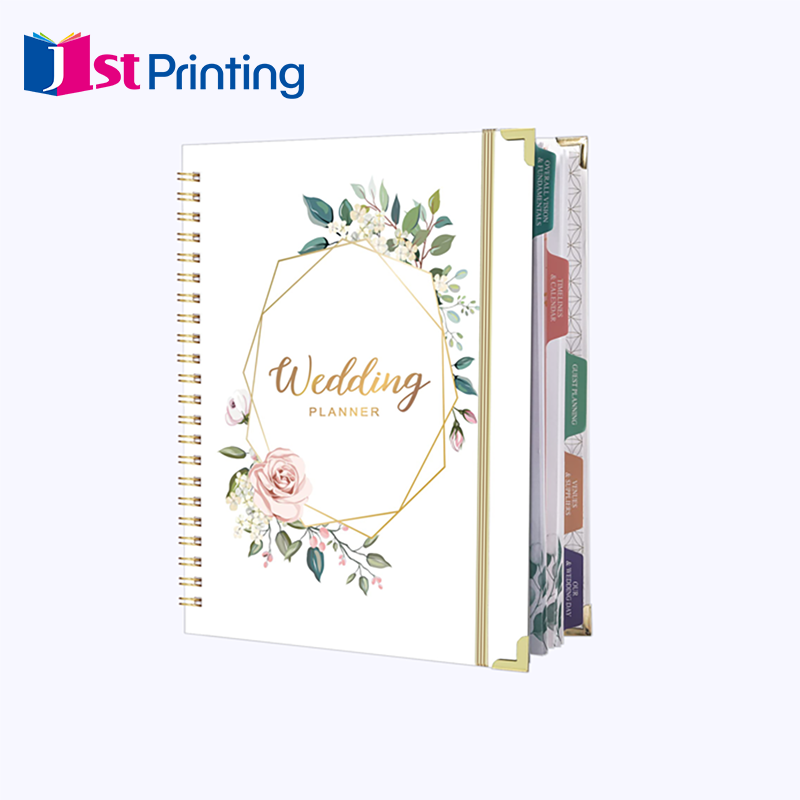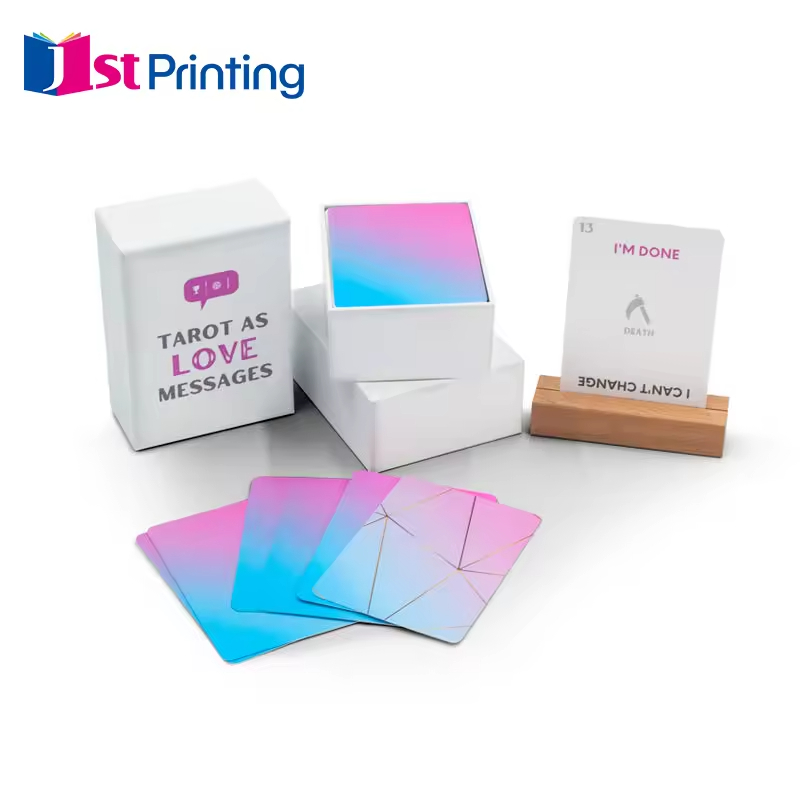Suggerimenti per Progettare Libri per Bambini Interattivi
Comprendere i libri interattivi per bambini
I libri interattivi per bambini coinvolgono davvero i giovani lettori nelle storie, invece di farli semplicemente stare ad ascoltare. Cosa li rende diversi dai normali libri illustrati? Hanno un sacco di elementi speciali integrati direttamente al loro interno. Pensiamo a quelle alette da sollevare, alle pagine con diverse texture da toccare, o magari a parti che si illuminano o emettono suoni quando i bambini interagiscono con esse. Alcune versioni permettono ai bambini di parlare effettivamente con il libro o di scuoterlo per ottenere effetti particolari. L'obiettivo è trasformare la lettura in un'attività attiva invece che passiva. Invece di limitarsi a seguire la storia, i piccoli diventano parte di ciò che accade sulle pagine. Potrebbero scegliere quale strada prende la storia successivamente o aiutare i personaggi a risolvere problemi durante il racconto.
Quando i libri per bambini includono elementi interattivi, ciò contribuisce davvero a migliorare la loro comprensione di ciò che stanno leggendo e rende l'intera esperienza più divertente. Le ricerche rivelano anche un aspetto interessante: molti bambini ricordano meglio ciò che hanno letto quando possono agire durante la lettura, invece di rimanere passivi. Le funzionalità interattive funzionano perché stimolano contemporaneamente diversi sensi, il che sembra rimanere impresso nella memoria per un periodo più lungo. Quello che osserviamo è che quando i bambini partecipano realmente alla lettura, essa diventa qualcosa di più che semplice intrattenimento. Iniziano a porsi domande su ciò che accadrà dopo, a immaginare scenari diversi, costruendo al contempo quelle importanti competenze di lettura utili per il futuro. E, onestamente? I bambini che interagiscono con le storie tendono a diventare anche lettori per tutta la vita.
I benefici dei libri per bambini interattivi
Ai bambini piacciono molto i libri interattivi perché li tengono impegnati per periodi più lunghi. Non si tratta però dei soliti libri illustrati. Questi libri includono al loro interno tante caratteristiche interessanti, come alette scorrevoli, materiali diversi da toccare e a volte fanno anche piccoli rumori quando si gira una pagina. Alcuni studi hanno dimostrato che i bambini tendono a dedicare circa il 15% in più di tempo a questi tipi di libri, poiché desiderano esplorare autonomamente ogni dettaglio invece di limitarsi a guardare le immagini. Quando i bambini interagiscono realmente con ciò che accade nella storia, qualcosa cambia dentro di loro. Invece di stare seduti ad ascoltare in silenzio, diventano parte attiva dell'azione, girando le pagine, premendo pulsanti ed entusiasmarsi per ciò che accadrà dopo. Questa esperienza pratica rende la lettura qualcosa di speciale, invece che una semplice attività da svolgere.
I libri interattivi per bambini sono davvero utili per sviluppare quelle importantissime capacità di pensiero. Molti di questi libri includono piccoli problemi da risolvere, spingendo i bambini a fare supposizioni su ciò che accadrà dopo e a ragionare autonomamente mentre seguono la storia. Pensiamo a quei libri in cui i bambini devono scegliere opzioni o scoprire enigmi nascosti nelle pagine. In questo modo, possono davvero mettere alla prova le proprie idee e capire qual è la soluzione migliore, abituando il cervello a rimanere flessibile di fronte a situazioni nuove. Quando i bambini affrontano regolarmente questo tipo di sfide, iniziano a pensare in modo più autonomo, senza dipendere sempre da qualcun altro che gli dica cosa fare. Queste abitudini mentali diventano estremamente utili in seguito, quando dovranno affrontare i compiti scolastici o risolvere problemi reali nella vita.
Creazione di elementi interattivi per la letteratura per bambini
I libri per bambini oggigiorno sono dotati di ogni tipo di elemento interattivo, progettati per i diversi modi in cui i bambini apprendono al meglio. Alcuni presentano parti da toccare e sentire, altri hanno elementi che saltano fuori all'apertura e ora esistono anche contenuti in realtà aumentata. Le pagine con texture e i flap da sollevare attirano davvero l'attenzione di quei bambini a cui piace toccare gli oggetti mentre leggono. I libri pop-up sono fantastici perché saltano fuori dalla pagina, offrendo ai bambini qualcosa di interessante da guardare e aiutandoli a comprendere meglio lo spazio. E non dimentichiamo le novità digitali, dove i telefoni possono far prendere vita i personaggi direttamente sulla pagina. Questa tipologia di tecnologia si rivela particolarmente accattivante per i bambini che crescono circondati da dispositivi elettronici, rendendo la lettura meno simile a stare seduti fermi e più a giocare interattivamente con le storie.
Aggiungere tecnologia ai libri interattivi aiuta davvero i bambini a rimanere concentrati più a lungo. Autori e editori stanno sempre più ricorrendo ad app e siti web affiancando i libri tradizionali, mescolando pagine reali a contenuti digitali. Prendi ad esempio Ocean: A Photicular Book. La versione dell'app si anima con immagini e suoni aggiuntivi che vanno a braccetto con il libro fisico, dando ai bambini la possibilità di immergersi in mondi sottomarini come non avrebbero mai potuto sfogliando semplicemente le pagine di carta. C'è anche My PlayHome, dove i bambini possono effettivamente interagire con i personaggi delle loro storie preferite invece di limitarsi a leggerle. Tuttavia, questi tipi di aggiunte tecnologiche non fanno altro che intrattenere. Aprono le porte a esperienze di apprendimento che i libri tradizionali da soli non possono offrire, facendo prendere vita alle storie in modi che rimangono impressi nella mente dei più piccoli molto dopo aver girato l'ultima pagina.
Prodotti per la creazione di esperienze interattive
Quando si creano esperienze coinvolgenti e interattive per i bambini, gli strumenti giusti possono fare la differenza. Ecco alcuni prodotti che possono migliorare la creatività e l'apprendimento attraverso esperienze interattive.
- Stampa a cura per trasferimento di carta rosa oro in foglio organizzatore a spirale giornale a copertina rigida diario quaderno wedding planner: Questo elegante pianificatore non e' solo per gli adulti. Può essere trasformato in uno strumento interattivo per la scrittura creativa e la pianificazione dei bambini. La carta di alta qualità e la stampa vivace del progettista forniscono una tela perfetta per i bambini per esprimere le loro idee e storie. Incoraggia i bambini a organizzare i loro pensieri, a fissare obiettivi e a liberare la loro creatività attraverso attività di scrittura e pianificazione.

- Servizi di stampa di carte impermeabili, impermeabili, impermeabili alle macchie: Queste schede durevoli sono ideali per le attività di narrazione sia in classe che a casa. La loro natura a prova di umidità assicura che rimangano intatti anche in ambienti attivi. Riescono a resistere a frequenti manovre, fuoriuscite e elementi meteorologici, rendendoli uno strumento perfetto per la narrazione interattiva dove i bambini possono usarli più e più volte senza danni.

- Al dettaglio carte Oracle personalizzate carta di gioco: Le schede oracolari personalizzate sono eccellenti risorse per l'apprendimento basato sul gioco e i contesti educativi. Sono strumenti versatili che possono migliorare le attività di lettura infondendo elementi di gioco e immaginazione. Incorporando queste carte in racconti e giochi didattici, i bambini possono godere di un'esperienza di lettura più coinvolgente e arricchente che stimola sia la loro mente che l'immaginazione.

Questi prodotti non solo facilitano l'espressione creativa, ma assicurano anche che il percorso di apprendimento e scrittura di ogni bambino sia arricchito da esperienze interattive e pratiche.
Esempi di libri interattivi per bambini di successo
Hervé Tullet's Press Here porta la lettura interattiva a un livello completamente nuovo. I bambini non leggono semplicemente questo libro, ma interagiscono attivamente con esso attraverso comandi divertenti, come premere dei punti colorati, inclinare le pagine o addirittura scuotere il libro. Eseguendo queste azioni, succedono cose incredibili proprio davanti ai loro occhi nelle pagine successive. A rendere speciale questa esperienza è il modo in cui ogni piccola azione influenza il proseguimento della storia, creando una sensazione magica e, al contempo, facendo sentire i bambini protagonisti e potenti. L'interazione fisica trasforma una narrazione tradizionale in un'esperienza in cui i bambini partecipano attivamente, invece di limitarsi ad ascoltare passivamente.
"Tocca l'albero magico" di Christie Matheson dà vita alle stagioni attraverso pagine interattive che insegnano ai bambini il rapporto tra causa ed effetto in modo divertente. Quando le piccole mani toccano, sfiorano o addirittura schiacciano determinate parti del libro, succede qualcosa di magico: l'albero si trasforma davanti ai loro occhi! Un attimo prima potrebbe essere intento a spargere foglie, poi improvvisamente compaiono fiori in fiore, seguiti dalla neve che delicatamente cade dai rami. Queste trasformazioni seguono molto da vicino il ritmo naturale della natura. Quello che rende speciale questo libro non è solo il fatto che sia coinvolgente per i bambini piccoli, anche se questa è sicuramente una parte importante. Il vero valore sta nell'insegnare alle giovani menti come funzionano le cose nel mondo naturale. I bambini imparano che quando fanno qualcosa (come premere su un punto della pagina), come conseguenza accade qualcos'altro. Questo concetto semplice ma potente aiuta a sviluppare importanti capacità di pensiero fin da tenera età, senza sembrare affatto un apprendimento tradizionale.
Suggerimenti per incoraggiare i bambini a dedicarsi ai libri interattivi
Per suscitare l'interesse dei bambini verso i libri interattivi spesso sono necessari approcci creativi da parte degli adulti durante la lettura. Genitori e insegnanti scoprono che porre domande ai bambini riguardo a ciò che accade nel libro dà risultati eccellenti. Discutere di personaggi o eventi mentre si legge insieme stimola la mente dei più piccoli a riflettere sulla trama e a condividere i propri pensieri. Un altro efficace stratagemma è coinvolgere i bambini in attività correlate alla storia. Potrebbero premere pulsanti sulle pagine, battere le mani quando succede qualcosa di emozionante o indicare le immagini quando appaiono. Queste attività fisiche creano un legame più forte tra il bambino e la storia. I bambini ricordano meglio le storie quando non si limitano ad ascoltare, ma fanno qualcosa mentre la narrazione si svolge intorno a loro.
Uno spazio divertente e accogliente per leggere è davvero importante quando i bambini interagiscono con i libri. Genitori e insegnanti spesso creano angoli comodi dove i bambini possono rilassarsi con una storia. Questi posti di solito contengono piccoli oggetti che richiamano il libro che stanno leggendo in quel momento. Forse alcuni peluche morbidi se si tratta di una storia sugli animali, o cappelli da pirata per avventure in mare. L'obiettivo è suscitare la curiosità di questi giovani lettori su ciò che accadrà dopo. Un'ultima cosa da considerare? Mantenere la stanza abbastanza silenziosa, così che i bambini non vengano continuamente distratti dal rumore esterno o da luci troppo forti che possono infastidire i loro occhi. Quando tutto funziona al meglio, leggere smette di essere qualcosa che facciamo per dovere e diventa invece un'esperienza emozionante, come intraprendere una vera avventura.
Conclusione: migliorare l'alfabetizzazione attraverso elementi interattivi
Quando aggiungiamo funzionalità interattive a ciò che i bambini leggono, li aiuta davvero a sviluppare competenze di alfabetizzazione. Le ricerche hanno dimostrato più e più volte che quando i bambini interagiscono con le storie durante la lettura, tendono a comprendere meglio e a rimanere coinvolti più a lungo nei primi anni di scuola. I benefici sono piuttosto evidenti. I libri interattivi rendono semplicemente la lettura divertente per la maggior parte dei bambini, il che è positivo perché favorisce l'instaurarsi di importanti abitudini di apprendimento destinate a durare per tutta la vita. Insegnanti e genitori hanno osservato personalmente questo effetto nelle aule di tutto il paese.























